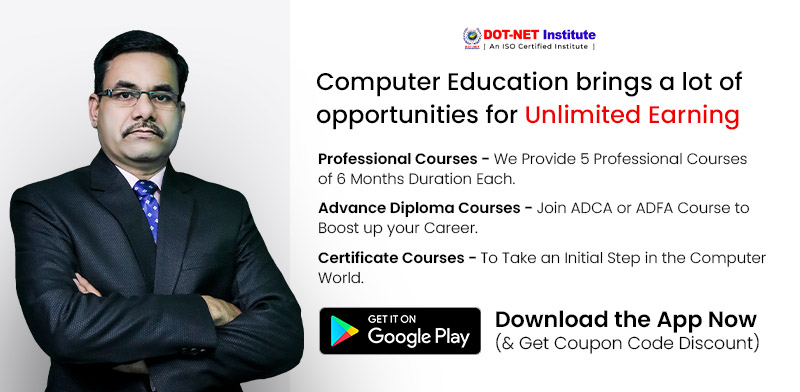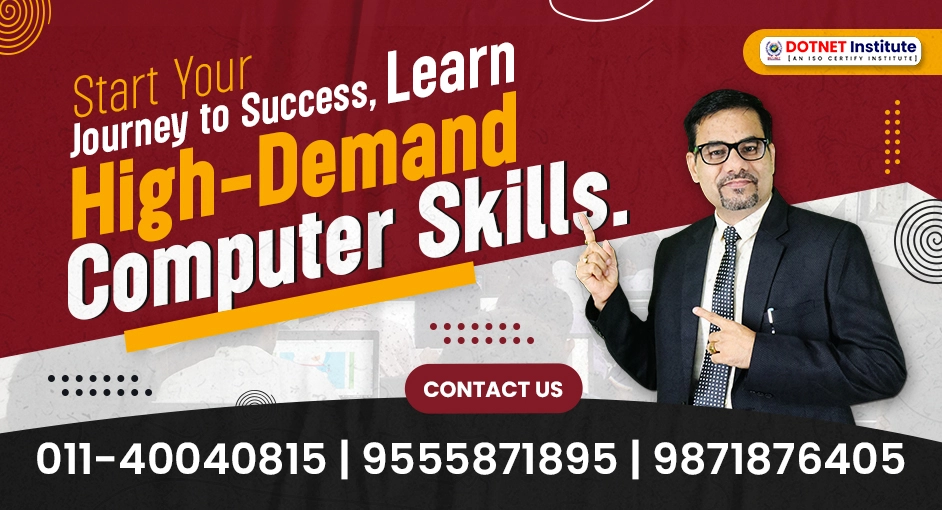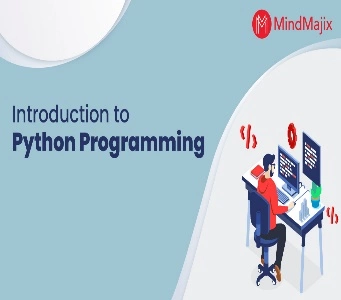
Do you know Python is the easiest language? So let’s gather some information about it today? Python is a dynamic, interpreted (bytecode-compiled) language. There is no type declaration of variables, parameters, functions or methods in the source code. This makes the code small and flexible, and you lose compile-time type checking of the source code. Python tracks the types of all values at runtime and flags code that makes no sense as it runs. A great way to see how Python code works is to run the Python interpreter and type the code into it.
Contents
What is Python?
Python is an interpreter, object-oriented, high-level programming language with dynamic semantics. Its high-level data structure, along with dynamic typing and dynamic binding, make it very attractive for rapid application development as well as for scripting or use as glue. Language for linking existing components together. Python’s simple, easy-to-learn syntax places emphasis on readability and therefore reduces program maintenance costs. Python supports modules and packages, encouraging program modularity and code reuse. The Python interpreter and comprehensive standard library are available in source or binary form for all major platforms at no charge, and can be freely distributed.
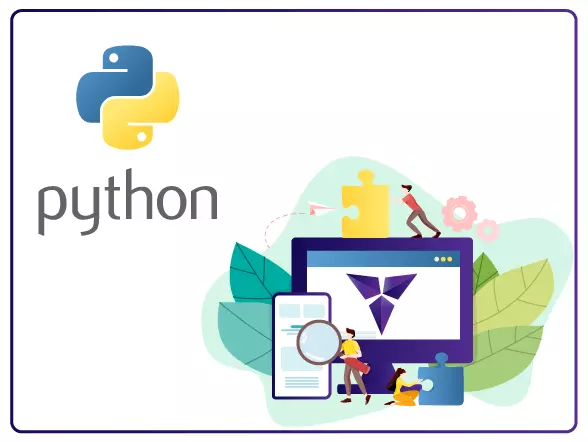
History of Python
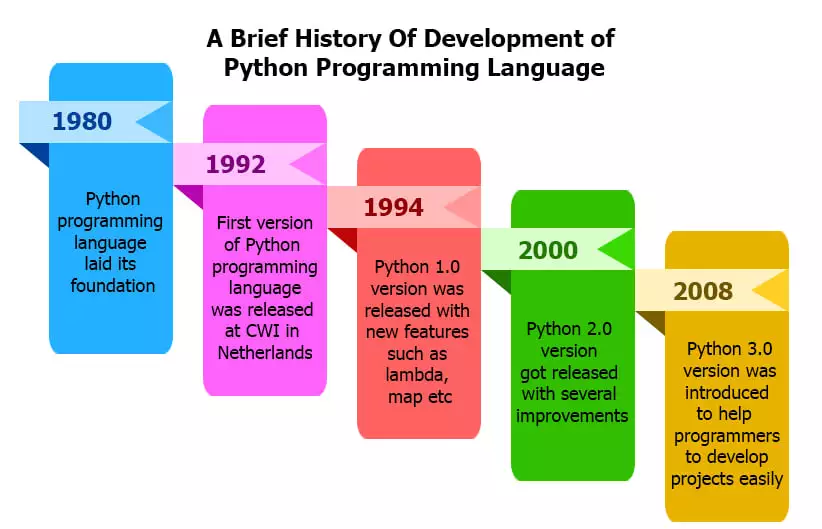
Python was conceived in the late 1980s by Guido van Rossum at the Centrum Wieskunde und Informatica (CWI) in the Netherlands as a successor to the ABC programming language, inspired by SETL, exception handling. And was capable of interfacing with it. Amoeba Operating System. Its implementation began in December 1989. Van Rossum held sole responsibility for the project as lead developer until 12 July 2018, when he announced his “permanent leave” from his responsibilities as Python’s “benevolent dictator for life”, a title Which the Python community gave them to reflect on.
Long term commitment as the main decision maker of the project. In January 2019, active Python core developers elected a five-member Governing Council to lead the project.
Python 2.0 was released on 16 October 2000 with several major new features. Python 3.0, released on December 3, 2008, was backported to Python 2.6.x and 2.7.x, along with many of its core features. The Python 3 release includes the 2to3 utility, which automates the translation of Python 2 code into Python 3.
What is Python used for?

If we are learn about python then python is commonly used for developing websites and software, task automation, data analysis and data visualization. Because it is relatively easy to learn, Python has been adopted by many non-programmers such as accountants and scientists for a variety of everyday tasks, such as organizing finances. Severance in his book Python for Everyone. “”So that you can write programs for a variety of reasons, from making your life fun to solving a difficult data analysis problem to helping someone else solve a problem.”
Why python is so popular?
Python is popular for many reasons. Take an in-depth look at what makes it so versatile and easy to use for coders.
It has a simple syntax that mimics natural language, making it easy to read and understand. It expedites the creation of projects, and improves them rapidly.
It is multifaceted. Python can be used for a number of different tasks, from web development to machine learning.
It is beginner-friendly, making it popular for entry-level coders.
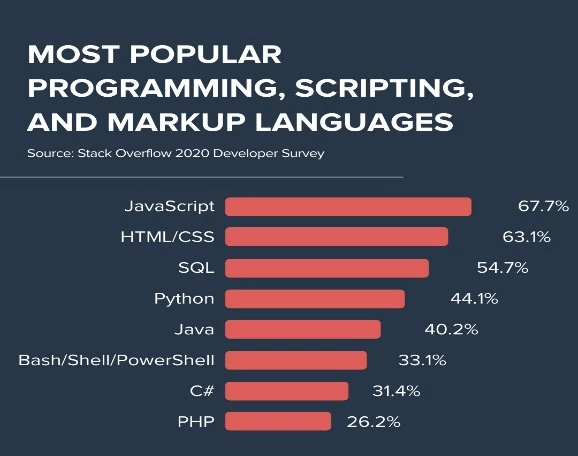
It is open source, meaning that it is free to use and distribute for commercial purposes as well.
Python’s collection of modules and libraries — bundles of code that third-party users have built to extend Python’s capabilities — is vast and growing.
Python has a large and active community that contributes to Python’s pool of modules and libraries, and acts as a helpful resource for other programmers. The huge support community means that if coders do encounter a stumbling block, it is relatively easy to find a solution; somebody has faced the same problem before.
Also Check:
-
5 Best Computer Course in India for Private Job (India में प्राइवेट नौकरी के लिए 05 BEST कंप्यूटर कोर्स)
-
Google jobs in India | Google में चाहिए नौकरी तो कर ये 5 कोर्स - मिलेगा लाखों का पैकेज | Google Jobs
-
Retail Management Career | Retail Jobs | How to get Retail Management Job
-
How to Start Earning as a Graphic Designer?
-
Paramedical Courses | Paramedical Career | कम बजटऔर कम फीस में मेडिकल करियर बनेगा
What are the features of Python?
Answer is straightforward. Because of the outstanding features of Python programming.
1. Easy language
Python is a simple language. It’s easy to read, write, learn and understand. Python has a steep learning curve. Easy to learn. Python has a simple syntax and it is easy to understand the Python code. Since it’s easy to understand, you can read and understand someone else’s code easily. Python is also easier to write due to its simple syntax.
2. Interpreted language
Python is an interpreted language. It also comes with IDLE (Interactive Development Environment). It is an interpreter and follows the REPL structure (Read-Evaluate-Print-Loop). It executes and displays output one line at a time.

3. Object-oriented
If we see p object – oriented then python is object-oriented but supports both functional and object-oriented programming. Everything is an object in Python.
4. Open-source
Python is open-source and the community is always contributing in order to improve it. It is free and its source code is freely available to public. And you can download Python from official Python website.
5. GUI Support
You can use Python to build GUI (Graphical User Interface). You can use tkinter, PyQt, wxPython, or Pyside for this.
There are a large number of GUI frameworks available in Python for a variety of other cross-platform solutions. It ties in with platform-specific technologies.
What is the difference between Python method and Python function
Method definitions always exist inside a class.
We do not need any class to define a function.
Methods are attached to the objects of the class they belong to.
Functions are not associated with any object.
A method is called ‘on’ on some object.
We can’t call it only by its name we can call a function by its name only.

Methods can operate on the data of the object to which they are attached. Functions operate on the data that you pass to them as arguments.
The methods depend on the class they belong to.
Tasks are independent entities in a program.
A method must have ‘self’ as the first argument.
Conclusion

Understanding Python’s syntax is great and all, and Python is a great language in itself, but Python’s fundamentals are not why Python is a successful language. There are lots of fun-to-write languages that are like Python, like Ruby, Julia, even R. What makes Python a winner is the community and third-party packages. While we can do a lot with just Python and the standard library installed, we can do infinitely more with all the third party libraries here.
FAQ
In this python is a computer programming language often used to build websites and software, automate tasks, and perform data analysis and after that Python is a general-purpose language, which means that it may be used to make a wide variety of different programs and is not particular to any particular problem.
So we can say that python is a high-level, general-purpose interpreted, object-oriented programming language. Similar to PERL, Python is a programming language popular with experienced C++ and Java programmers.
A professional who specializes in Python can hold several job titles, including Python developer, data scientist, and machine learning engineer.
Whenever you will talk about python in this situation python is considered to be one of the easiest programming languages for beginners to learn. If you are interested in learning a programming language, Python is a good place to start. So we can say that is also one of the most widely used.
Sc in Computer Science, B. Tech in Computer Science or any other relevant field.
Prior work experience is given priority.
Familiar with ORM libraries.
Efficient in any 1 Python framework.
Knowledge of Front-End Technologies.
Familiar with the version control system.
Fundamentals of Machine Learning/AI.
How to Get a Python Job Without Any Experience
Make sure you know the Python basics: programming, libraries, frameworks, and ORM libraries.
Freelancing as a Python Developer to build your portfolio.
Start a blog documenting your projects and embark on a Python learning journey.

